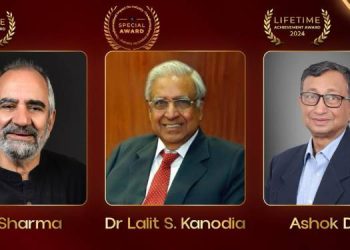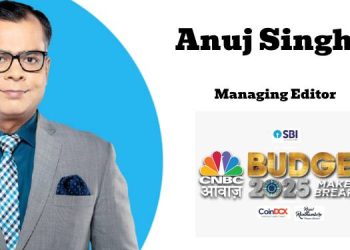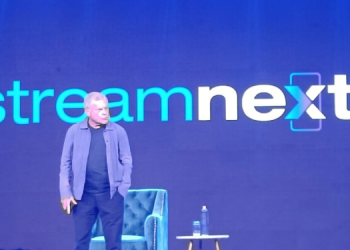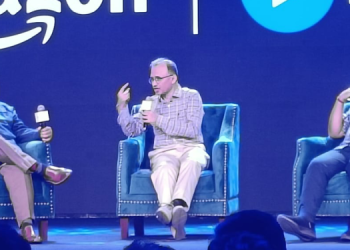Chennai: The future of news in India is mobile-first, and platform-dominated; audiences mistrustful of news and concerned with disinformation – election year study of media habits across country
A brand-new survey of English-language Indians with internet access documents the concerns people have around disinformation and the role digital media news will play in the election.
- Smartphones are the primary device for news for most respondents (68%) in our India Digital News Report 2019 – higher than comparable markets
- Majority find news through platforms, particularly search (32%) and social media (24%), with fewer accessing news directly (18%)
- More than half (55%) fear that expressing political viewpoints online could get them into trouble with the authorities
- There are comparatively low overall levels of trust in news, with a majority concerned about disinformation (57%), hyperpartisan content (51%), and poor journalism (51%)
Key trends facing the country in this election year:
India is a mobile-first news market with an overwhelming majority (68%) identifying their smartphones as their primary device for consuming news, markedly higher than similar global markets like Brazil and Turkey. Audiences are largely accessing news via ‘side-doors’ such as search (32%) and social media (24%), rather than going directly to sources of news (18%). These are findings from the first ever India Digital News Report 2019, published by the Reuters Institute for the Study of Journalism which looks at news consumption patterns, trust in the news, media literacy and views on disinformation.
The finding reveals that many are concerned that expressing political viewpoints online could affect how friends or family (49%) and colleagues or acquaintances (50%) see them, with a majority worried that doing so could find them in trouble with the authorities (55%).
The report also finds overall trust in news (36%) is lower than other large, comparable markets such as Brazil and Turkey. A majority (57%) also express concerns over whether online news is real or fake, with many concerned with hyperpartisan content (51%), poor journalism (51%), as well as news that is false (50%).
The report captures some key trends in digital news consumption of India’s English-language news users with internet access. The study was made possible by support from The Hindu Media Group, the Indian Express, The Quint, and the Press Trust of India. In the past few years, India has seen explosive growth in Internet access, especially mobile, and subsequent increase in digital media consumption across the country. These developments have not only affected the news and entertainment landscape of the country but also impacted the nature of public debate in the country. These shifts have and will continue to have a significant impact on the practice of journalism, media organisations and the business of news.
Further key findings from the study include:
- Online news (56%), especially news from social media, has outpaced print media (16%) as the primary source of news for users under 35, while users who are older than 35 consume a mix of both online and offline media.
- WhatsApp is the biggest social media platform in the country with 82% of respondents using the private messaging app, while 75% of respondents use Facebook. An equal number of respondents (52%) use these platforms as a source of news.
- Our respondents had low trust in news overall (36%) and even the news they personally use (39%). This is lower than respondents in most other countries, however, they express higher levels of trust in news they get through search (45%) and social media (34%) than respondents in many other countries.
- A significant number of respondents are ready for more personalised mobile news alerts (12% already use alerts as their main source of online news) and online video. Interestingly, of those who don’t already donate or pay for news , 31% said they are “somewhat likely” to pay, and 9% said they are “very likely” to pay for news in the next year.
- The most widely used online news sources (beyond platforms) are generally the websites of leading legacy media including broadcasters and newspapers, but some digital-born news media have significant reach, including some alternative and partisan sites who despite limited name recognition have built relatively large audiences.

RasmusKleis Nielsen, co-author of the report said,“Indians are rapidly embracing digital, mobile, and social media, and advertisers are bound to follow. This will be the end of the era in which Indian news media could expect advertising to more or less alone cover their costs, and means that it is critically important that Indian news media develop new, sustainable business models for online news. The alternative is structural decline, increased reliance on government advertising, or on subsidies from proprietors, all of which could undermine editorial independence and put professional journalism at risk.”
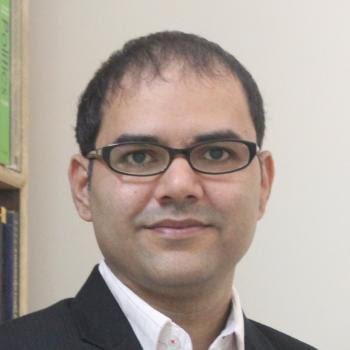
Taberez Ahmed-Neyazi , co-author of the report said,“This is a very important contribution to understand how English-speaking urban middle class use digital media for various purposes and how they engage with news and express themselves online. Given the massive growth in mobile Internet connections, more Indians are now online, which is going to have important implications for politics as political parties and leaders try to target them through their campaigns.”



